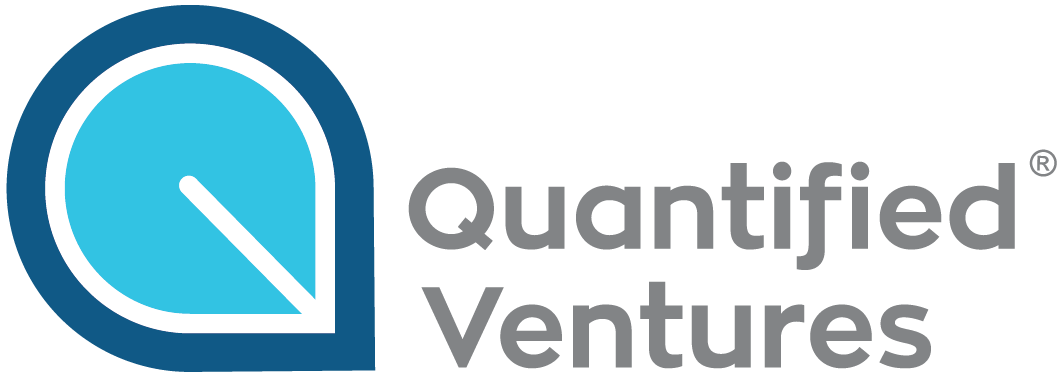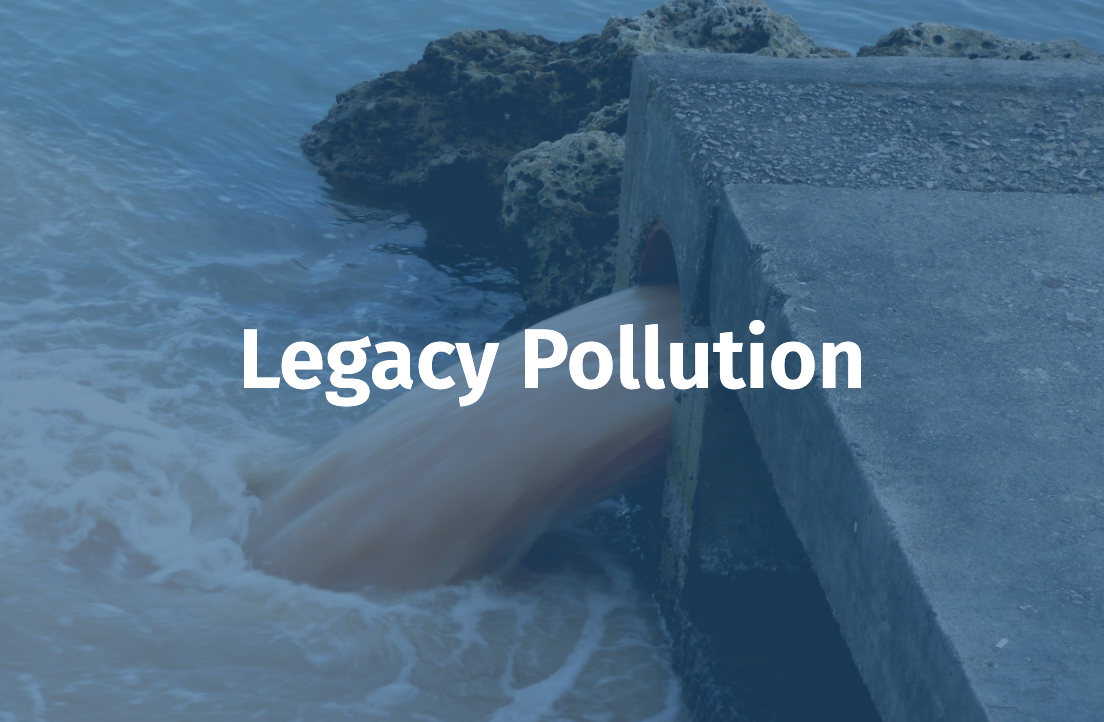Request for Information (RFI)
Building a Multi-Billion Dollar Environmental Infrastructure Investment Pipeline for the Greenhouse Gas Reduction Fund and Aligned Capital
RFI Submission Period Closed on June 16, 2024
Latest Updates:
A subset of 21 projects – amounting to a $1B investment opportunity – rose to the top during our rigorous evaluation process.
Please contact us at ggrf@quantifiedventures.com if you would like to learn more about these projects, QV’s role and work with project developers, and/or specific investment opportunities.
Previous Updates:
QV received 120+ RFI submissions, with total project costs of more than $7.5B and nearly $4.5B in financing need.
Due to the large number of submissions, our review team will need some time to carefully evaluate each project.
We do not have the capacity or funding to work with each and every proponent on project development and transaction structuring.
QV grouped RFI project submissions into 2 categories and notified project proponents in mid-July which category their project falls into:
Category 1: Advance to further diligence
Category 2: Not a good fit for further diligence at this time
SUBMISSIONS CLOSED
The RFI submission deadline was Sunday, June 16.
For more information about the RFI, watch the webinar (recorded May 30) and download the one sheet.
Webinar recorded on May 30. Download webinar slides (PDF)
The U.S. EPA’s $20 billion Greenhouse Gas Reduction Fund grants present a once-in-a-generation opportunity for the environmental sector. The funds will waterfall downward to capitalize green banks and community lenders, supercharging an impact-first investment ecosystem for projects that reduce greenhouse gases. With an election around the corner, GGRF recipients want to obligate these investment dollars in the span of months, not years.
The projects currently most likely to benefit from this investment capital are those that green banks and conventional banks have spent the last 20 years supporting: clean energy, clean transportation, and sustainable buildings. What’s missing? Environmental infrastructure.
Potential GHG-reducing environmental infrastructure project types that meet GGRF’s criteria include, but are not limited to:
Agriculture
Soil Carbon Sequestration
Enhanced Carbon Storage
Reforestation and Afforestation
Forest Conservation and Sustainable Forest Management
Agroforestry
Urban Tree Canopy
Land Use
Sustainable Land Use Practices
Wetland Conservation and Restoration
Legacy Pollution
Brownfield Redevelopment
Reclamation of Abandoned Mine Lands / Orphaned Gas Wells
Water
Clean Water Infrastructure
Green Stormwater Infrastructure
This moment will set the trajectory of climate investments for the next 50 years. Either billions will flow into and recirculate in environmental infrastructure, or they won’t. The environmental sector cannot miss out!
Quantified Ventures is launching a national Request for Information (RFI) to build a $1 billion pipeline for environmental infrastructure projects to receive investment from GGRF and aligned capital sources.
Do you have an environmental infrastructure project that will be ready within the next 12 months?
Local governments and nonprofits – as well as for-profit entities working with these two groups – should submit environmental infrastructure projects that meet these three criteria:
Deliver significant greenhouse gas reductions
Will repay investment through a credible revenue stream
Will be ready to receive investment within, at the latest, the next 12 months
Identified priority projects will receive support from Quantified Ventures for further development, technical assistance, and investment structuring to help secure investment from GGRF awarded entities and aligned capital sources in late 2024 and early 2025.
SUBMISSIONS CLOSED
The RFI submission deadline was Sunday, June 16, 2024.
QV will connect directly with groups who submitted projects about next steps.
Please review this additional information for further guidance about the RFI process, the GGRF, and what projects might be good candidates.
If you have additional questions, please email us at ggrf@quantifiedventures.com.
Project Examples: Investible Environmental Infrastructure Projects
Soil Carbon Sequestration / Enhanced Carbon Storage
Agriculture is a large source of carbon and other emissions impacting climate and water quality. Projects that support farmers in changing their equipment, infrastructure, and management practices can produce incremental revenue and improved yields while reducing emissions. QV was a key partner in developing the Soil and Water Outcomes Fund, which pays farmers for annual best management practices such as cover crops and no till farming. The resulting water quality improvements and soil carbon sequestration was monetized from public and private sector payors, repaying financing and replenishing available capital for the next growing season.
Reforestation and Afforestation
Historically funded by grants and public spending, reforestation and afforestation projects are becoming increasingly financeable due to carbon credit markets. QV and Bosland Growth have used this strategy of blending federal grants and private capital backed by carbon credit sales to implement forest restoration that would not otherwise occur.
Forest Conservation and Sustainable Forest Management
Managing forests for more environmental and social outcomes is a viable business proposition, but will not generate the risk-return profiles that mainstream investors are accustomed to. Low-cost green financing can enable sustainable forest management, like with the $90M+ Exemplary Forestry Investment Fund that Quantified Ventures, Maine Mountain Collaborative, and the New England Forestry Foundation have set up to acquire and sustainably manage 100,000+ acres of Maine forests.
Sustainable Land Use Practices
Nature-based solutions improve resiliency, preserve biodiversity, and enhance social outcomes in communities. Implementing these solutions requires innovative approaches to unlock new funding and investments. The Nature Conservancy’s Cumberland Forest Project is working to safeguard biodiversity in the face of climate change by protecting 253,000 acres of central Appalachian forests, while putting parts of the land to use for forestry, recreation, and solar energy.
Brownfield Redevelopment
Brownfield remediation and redevelopment can generate significant economic value and tax revenue for local governments while producing climate and pollution reduction benefits. The Port of Greater Cincinnati Development Authority’s $100M Cincinnati Jobs Bond will acquire and remediate parcels in two distressed areas of the city. Parcels will be resold to advanced manufacturing and mixed use developers.
Reclamation of Abandoned Mine Lands / Orphaned Gas Wells
Projects in clean energy and other natural climate solutions, such as solar, wind, recreation, reforestation, and other sustainable land uses are viable economic redevelopment plays for places with abandoned or orphaned mines and wells. The Appalachian Clean Technology Now Coalition’s Former Mine Lands to Sustainable Lands initiative is developing the master plans for a series of such investments.
Clean Water Infrastructure
Up to 40% of the operating costs of drinking water systems are used for energy, particularly for those with old, outdated, or leaky infrastructure. Integrated projects which combine energy efficiency, solar, and process and infrastructure upgrades reduce greenhouse emissions while energy savings create sources of repayment of financing.
Green Stormwater Infrastructure
Local governments often finance green infrastructure to help address local water quality, stormwater management, and/or flood resilience concerns. Quantified Ventures has supported these types of green infrastructure projects for Washington, DC, Buffalo, NY, Hampton, VA, and Atlanta, GA by quantifying environmental outcomes and structuring over $100M in financing.
Frequently Asked Questions (FAQs)
-
Yes! Duke University’s Nicholas Institute for Energy, Environment & Sustainability and Quantified Ventures co-authored an analysis of environmental infrastructure projects that meet GGRF eligibility.
The Greenhouse Gas Reduction Fund specifies three “priority” areas: distributed energy generation and storage, net-zero emissions buildings, and zero emissions transportation. However, projects may also be outside of these three priority areas and instead fall within one of the seven project categories laid out by the Biden Administration’s Justice40 initiative:
(1) Climate change
(2) Clean energy and energy efficiency
(3) Clean transportation
(4) Affordable and sustainable housing
(5) Training and workforce development
(6) Remediation and reduction of legacy pollution
(7) Development of critical clean water infrastructure -
First and foremost, projects must reduce or avoid greenhouse gas emissions and other air pollutants. Additionally, one of the primary goals of the GGRF program is to catalyze private investment into climate projects.
Demonstrating additionality and the ability for projects to pull in additional capital beyond GGRF financing will be critical. A full list of project requirements is below:
(1) Reduce or avoid greenhouse gas (GHG) emissions, consistent with U.S. climate goals
(2) Reduce or avoid emissions of other air pollutants
(3) May not have otherwise been financed
(4) Mobilize private capital
(5) Support only commercial technologies, defined as technologies that have been deployed for commercial purposes at least three times for a period of at least five years each in the U.S.
-
The original NOFO was published in July 2023 and focused primarily on the three “priority” areas described above.
In August 2023, the EPA issued an updated NOFO (see Related Documents) that expanded eligibility to include all the Justice40 program areas, including climate change, remediation and reduction of legacy pollution, and development of critical clean water infrastructure.
-
Money will flow first from the EPA to selected awardees. Each of the sub-recipients will then deliver funds to their network of green banks, CDFIs, and credit unions, as well as making loans directly.
The $1 billion environmental infrastructure investment pipeline that QV is building through this RFI will be connected to these GGRF recipients and other aligned capital sources.
-
At this stage, little information has been released on the specific terms of GGRF-supported financing. QV will update project proponents on terms as we receive them through our ongoing relationships with GGRF entities. The interest rates and loan terms will vary depending on the project, borrower, and lender.
-
Required emissions reduction estimates include:
(1) reduction and avoidance of greenhouse gas emissions (e.g., carbon dioxide, methane); and
(2) the reduction and avoidance of other air pollutants (e.g., particulate matter 2.5, sulfur dioxide, ammonia). -
Methods for measuring and calculating greenhouse gas emission reductions are determined by each GGRF awardee in their respective applications.
Projects that can credibly demonstrate how environmental and social outcomes will be measured and verified are likely to be prioritized for funding.
-
Quantified Ventures has 10 years of experience as a market leader in evaluating, structuring, and capitalizing environmental infrastructure investments.
We will work with selected projects to rectify weaknesses in GGRF investability, identify the appropriate transaction structure or financial products, align with GGRF loan application procedures, and connect to GGRF-capitalized lenders and/or other aligned capitalized sources.
-
There is no cost for applicants to work with QV during this process! Recognizing the need to obligate these funds as soon as possible, the U.S. Endowment for Forestry & Communities (USEFC) is supporting QV’s efforts to connect environmental infrastructure, forestry, and wood products initiatives with project financing. Thanks to USEFC’s generous support, QV is able to offer our services at no cost for a period of 6-9 months to select entities who responded to this RFI.
-
In this context, ready to receive investment within, at the latest, the next 12 months does not mean that a project needs to start construction within 12 months. An ideal project will have a well-developed financial plan with identified repayment streams, the necessary legal capacity to receive funds, and necessary permits within 12 months.
-
Yes, projects that use GGRF funds to scale ongoing activities, rather than using them for new activities, are eligible to pursue GGRF funding.
-
Yes, the GGRF is anticipated to target funds towards projects in historically disadvantaged communities, particularly those meeting Justice40 Initiative requirements.
-
Yes, the GGRF is only available for U.S.-based projects.














